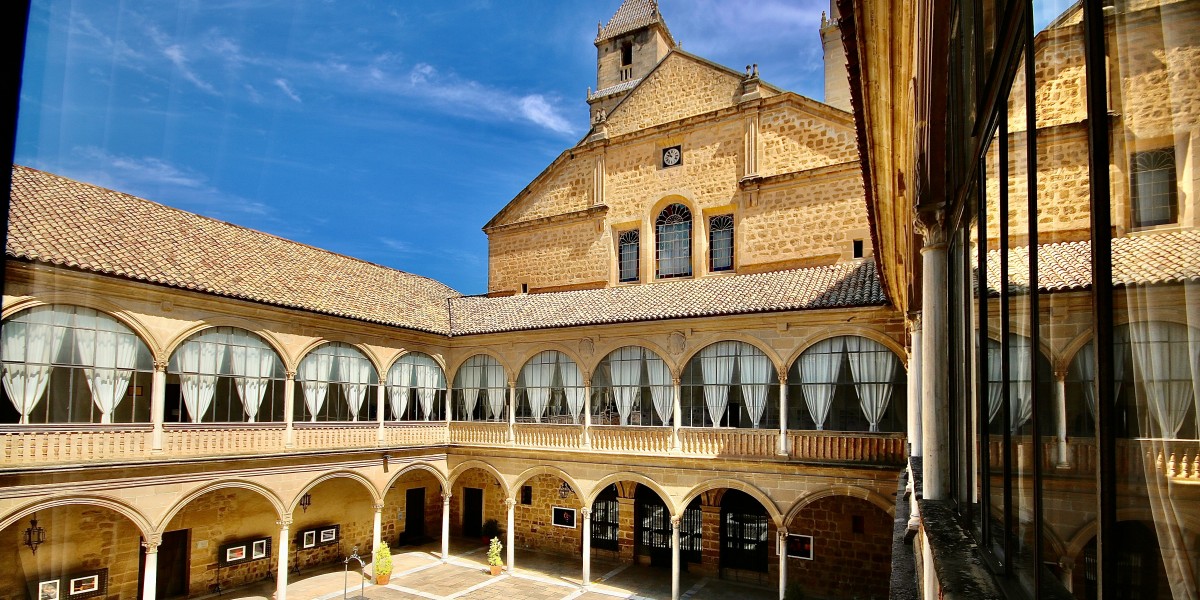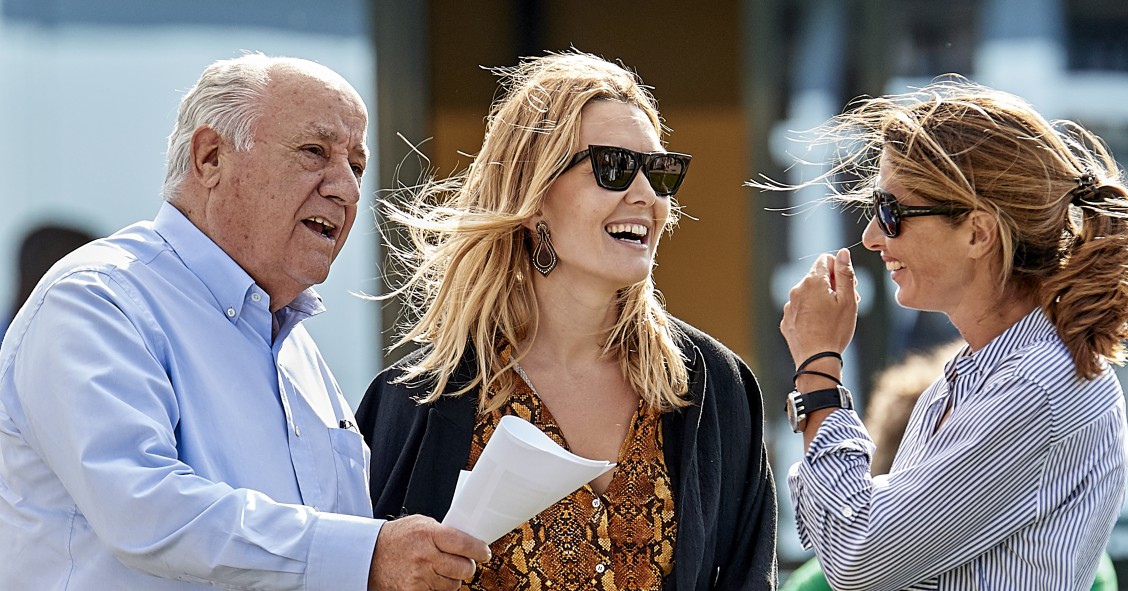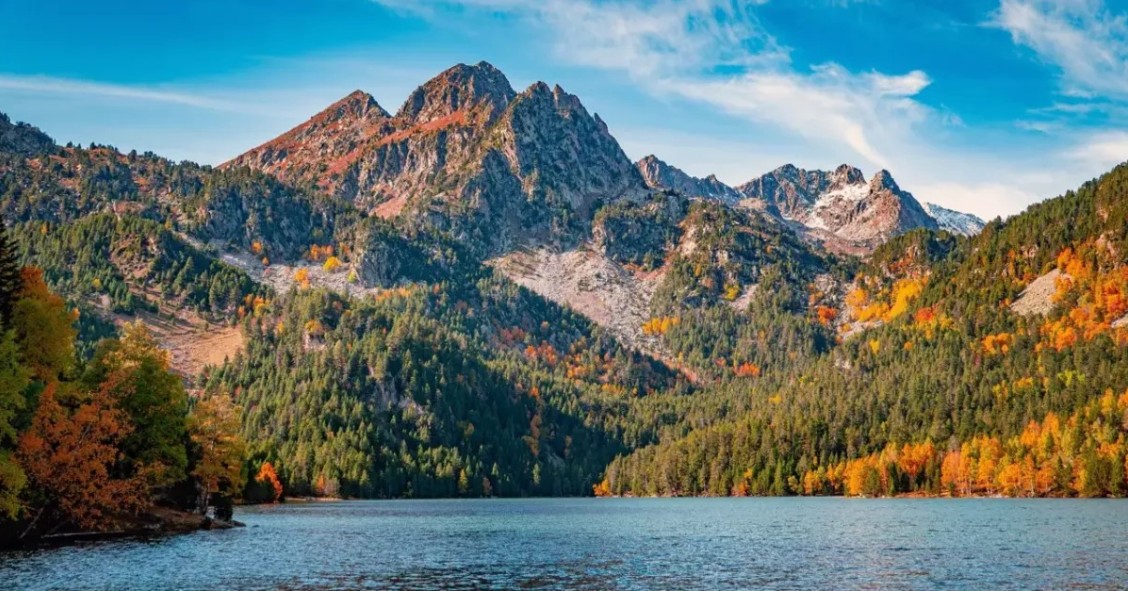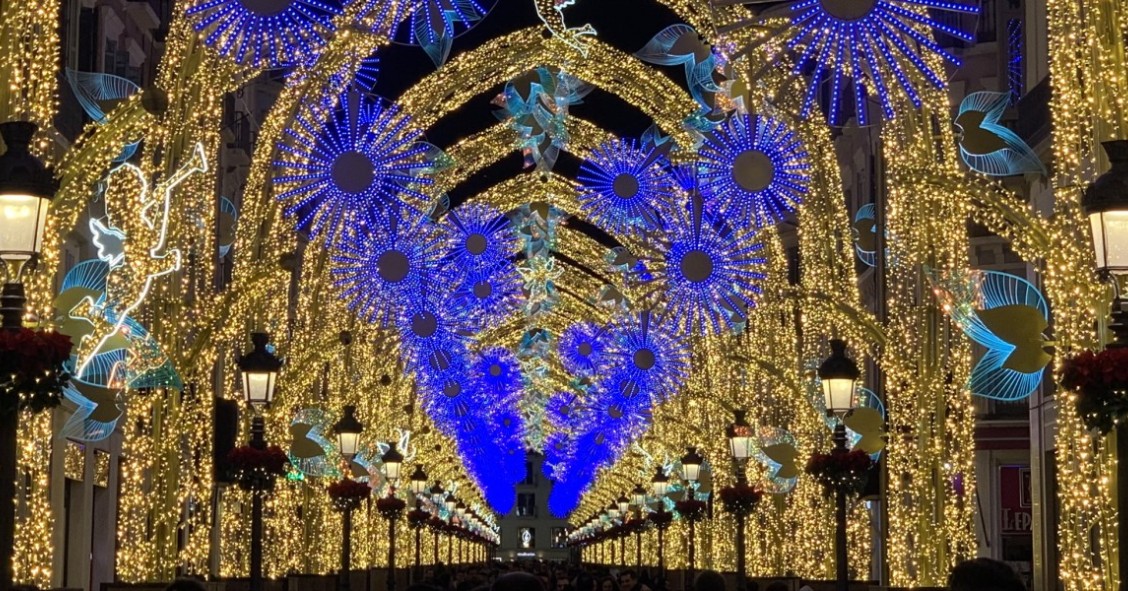
When you picture Andalusia, the flamenco stages of Seville or Granada's magnificent Alhambra palace might be the first things that come to mind. But tucked away in the region's northeast is Jaén, a city that serves as the gateway between Andalusia and the rest of Spain. While it’s best known as the undisputed world capital of olive oil, the province also holds a unique claim to fame as home to the largest concentration of castles and fortresses in Europe. For anyone considering living in Jaén, the city offers something increasingly rare: a chance to immerse yourself in authentic Spanish life.
Is Jaén a nice place to live?

To be honest, whether you'll like living in Jaén really depends on what you’re looking for. Life here moves at an unhurried pace, far removed from the rush of bigger cities. This is a place where local traditions are a core part of daily life, most notably in its fantastic tapas culture, where you’ll often get a generous tapa for free with your drink.
The city is also a great base for anyone who loves the outdoors. The iconic Santa Catalina castle sits on a hill overlooking the rooftops, providing an immediate escape with incredible views. Beyond the city, the wild landscapes of the Parque Natural de Sierra Mágina and the vast Parque Natural de Cazorla, Segura y Las Villas are just a short drive away. Jaén doesn't have the cosmopolitan feel of Malaga or Seville. The international community is smaller, but for many who move here, that is a huge part of its charm.
Pros and cons of living in Jaén

Every city has its ups and downs, and it’s always best to go in with your eyes open.
Some of the advantages of starting a new life in Jaén include:
- Affordability: both property prices and day-to-day expenses are significantly lower than in most other Spanish provincial capitals.
- Authentic culture: the city is rich in history and local customs, without the large tourist crowds found elsewhere.
- Excellent gastronomy: the city is famous for its exceptional free tapas, its world-class olive oil, and delicious local dishes like pipirrana (a fresh tomato and pepper salad) and espinacas a la jiennense (spinach cooked Jaén-style).
- Access to nature: the surrounding province is a paradise for hikers and history buffs, with endless olive groves, rugged mountains and a huge number of castles.
However, like everywhere, Jaén comes with its disadvantages:
- The climate: temperatures often exceed 40°C in July and August, which can be challenging for those not used to intense heat.
- Limited job market: finding work can be difficult, particularly in specialised fields or for those who don’t have a strong command of Spanish.
- Transport links: while the city has a train station, it is not on the high-speed AVE network, meaning travel to Madrid or other major cities is slower than from elsewhere in Andalusia.
Cost of living in Jaén

One of the biggest draws is the very low living cost in Jaén, which is among the most affordable of any provincial capital in Spain. Daily expenses are refreshingly low. A coffee will set you back around €2, and a loaf of bread is about €1.50. A beer costs about €3, but this often includes a generous free tapa. For a sit-down meal, you can find a main dish for around €15, while a meal for two people at a mid-range restaurant would be about €40. Monthly bills for an apartment, including electricity, water and gas, average out at around €180.
Housing is where the savings become really significant. As of June 2025, property prices in Jaén averaged €1,262 per m² in the city itself, but if you look at housing across the wider province of Jaén, this figure drops to just €837 per m². For rentals, the average price in the city was €8.0 per m² in June 2025, which marked a 9.9% increase on the previous year.
According to Numbeo, the average monthly salary is around €1,300. While this is lower than in Madrid or Barcelona, the low cost of living means that this salary allows for a comfortable lifestyle.
Where to live in Jaén

Jaén is a compact city, so getting around is straightforward no matter where you decide to settle. The city’s neighbourhoods each have a distinct character, from the winding alleys of the old town to the wide, modern avenues of the newer districts.
City centre (Casco Antiguo)
The historic centre is built around the magnificent Catedral de Jaén and the historic Arab Baths. This area is a maze of narrow streets filled with traditional tapas bars and small shops. It’s the perfect spot if you want to live right in the heart of the action and prefer walking everywhere.
El Bulevar
To the north of the centre is the modern area known as El Bulevar or Expansión Norte. This is a more sought-after residential zone with wide avenues, new apartment buildings, green spaces and plenty of amenities. It’s particularly popular with families and local professionals looking for a more contemporary living environment.
La Alcantarilla
The neighbourhoods to the south of the city, such as La Alcantarilla and Peñamefécit, are more traditional and working-class. Here you’ll find more affordable property and a truly authentic local atmosphere, with bustling neighbourhood shops and bars. While these areas offer a genuine slice of Jaén life, most foreigners tend to live in the city centre or the more modern northern districts.
Las Fuentezuelas
This is another of Jaén's key modern residential areas. It's particularly popular with young people and families, known for its newer apartment blocks, wide streets, and abundance of green spaces. The neighbourhood has a lively feel and is well-equipped with amenities, including a public sports complex, schools, and plenty of shops.
Best towns to live in Jaén province

If city life isn't quite what you're after, the area around Jaén is dotted with appealing towns that offer a quieter lifestyle and even more affordable property.
La Guardia de Jaén
Located just a few kilometres from the city, La Guardia de Jaén is a popular choice for those who work in the capital but prefer a quieter, more residential setting. It's known for its peaceful atmosphere and developments of chalets and houses with gardens, all sitting under the watch of its impressive medieval castle.

Martos
About 20 kilometres from Jaén, Martos is a larger, self-sufficient town often called the "cradle of the olive grove." It has a busy economy, plenty of its own shops and services, and a life deeply rooted in Andalusian tradition.
Úbeda
A UNESCO World Heritage site, Úbeda is a masterpiece of Renaissance architecture, filled with breathtaking palaces and churches designed by architects like the great Andrés de Vandelvira. Life here feels elegant and cultured, and while it has a healthy flow of visitors, it remains a thoroughly authentic Spanish town with a strong local identity.

Baeza
The other half of the UNESCO partnership, Baeza, offers a similar Renaissance splendour but on a more intimate and serene scale. Its beautiful sandstone buildings house a university, which gives the town a scholarly, peaceful atmosphere. It’s perfect for someone seeking quiet contemplation and beauty, offering a more tranquil living experience than its larger neighbour, Úbeda.
Living in Jaén vs living in Granada
Many people thinking about moving to inland Andalusia weigh up Jaén and Granada, as they seem similar on the surface. However, the experience of living in each city is quite different. Granada is a busy university city with a major international profile, thanks largely to the magnificent Alhambra Palace. It has a large and diverse population of students and foreigners. Jaén, in contrast, is much quieter and more provincial. Life here is slower and feels more traditionally Spanish.
The most significant difference is the cost. To give you an idea, property prices in Granada averaged €2,456 per m² in June 2025. This gap is also clear in the rental market, where rent in Granada averaged €10.4 per m². This means a typical 80m² apartment would cost around €832 per month, as opposed to about €640 for a similar property in Jaén.
Moving to Jaén as a foreigner

What it’s like living in Jaén as a foreigner is quite different from the experience you might have on the coast. The city has a very small and dispersed expat community, so you won't find the large, organised clubs and social circles that exist in places like Malaga or Alicante. Because of this, integration is not just a good idea; it's essential for building a social life.
Learning Spanish is a fundamental part of the process. While people are friendly, English is not widely spoken in shops, official offices, or local bars, so a good grasp of Spanish is necessary. Families may be interested in Altocastillo Bilingual School or Jaén Montessori International School.
On a practical note, you can drink the tap water in Jaén. It's perfectly safe and of good quality; however, many locals buy bottled water as a matter of taste.







